As a three times world champions, the Dutch men’s hockey team is always considered as favourites in international tournaments. For the Olympics of this year, the expectations for the Dutch men were high again. Especially since the Netherlands won the European Championship before the Games. Because of this, hockey enthusiasts in the Netherlands knew that the chance of a medal at the Olympics was enormous. The only question would be whether this medal would be gold, silver or bronze.
But despite the high expectations, it became none… No medal because the Dutch men’s team got eliminated in the quarter finals. Their worst performance at the Olympic since 1964. While one bad tournament may be too early to judge, the 2020 Olympics are a metaphor for the critical state of men’s hockey in the Netherlands. As the number of boys playing hockey in the Netherlands is significantly decreasing.
While hockey is a sport that is played by approximately as many boys as girls in the Netherlands (and most other European countries), it is now threatening to get the image of a “girls’ sport”. Something that does not help in encouraging boys to play hockey.
The question is what can be done to keep boys’ hockey popular in the Netherlands. But since a decline like this can also occur in other major European hockey countries. This is not just about the future of men’s hockey in the Netherlands, but of the whole of Europe.
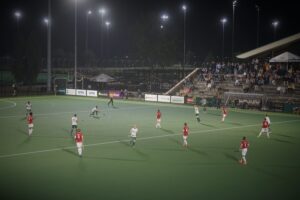
Jork Aten, chairperson of youth hockey at Hockey Club Roomburg, notices the decline of hockey playing boys: “We see that boys start playing hockey much later than girls, but also stop playing hockey earlier. Of our new registrations, 50 are girls and 10 are boys“.
Several reasons are given for the decline of boys in hockey. For example, The Dutch Hockey Association (KNHB) believes this is mainly because training sessions are not adapted to the behaviour of boys. For instance, boys have a lower attention span, which makes long explanations less interesting. In addition, boys need more of a game element in the training to make it fun for them.
Barbelijn Hoenke, chairperson of youth hockey at Wateringse Veld, agree with the reasoning of the KNHB and thinks that training sessions can be adapted to boys. Nevertheless, Hoenke thinks that something could happen to the image of hockey. According to her, hockey may become more attractive to boys if it has a somewhat cooler and tougher image in the media.
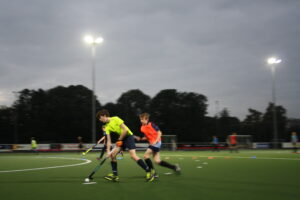
As many possible reasons are thought up, chairpersons and the KNHB also have various measures in mind to get boys playing hockey again.
The KNHB, for example, has developed the “Boeien en Binden” (Captivate and Bind) strategy in which clubs can find out how training sessions can be adapted for boys. Nevertheless, according to other chairpersons, there is a lack of any other action at the KNHB. Barbelijn Hoenke thinks that the KNHB does not advertise men`s hockey enough: “Women appear more often in commercials and the KNHB also uses pictures of women`s hockey more often. This does not invite boys to play hockey. There should be more campaigns with men to make boys realise that it is a cool sport.”
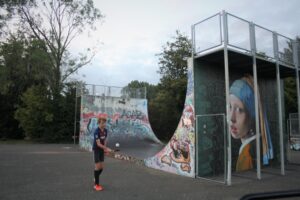
According to Hoenke, hockey tournaments/clinics at schools have helped a lot in attracting boys. Having a male trainer also makes it more attractive for boys to stay. In addition, they are also looking to try out Urban Hockey around the club. This is a new form of hockey in which the emphasis is on freestyle tricks. Several clubs are using this to give hockey the cool image it needs to attract boys.
Jork Aten tries to attract more boys by keeping hockey fun for the youth with a lot of game element. According to Aten, there are also a lot of parents who do not have the time to take their children to hockey since they work full time. A pick-up and drop-off service from after-school care facilities to hockey could be a possible solution.
Nevertheless, Aten is not very pessimistic about the future of men’s hockey. He also does not see a clear cause for the reduction of hockey playing boys, as interests simply vary over time.
Perhaps this is also true. So most likely men’s hockey in the Netherlands will pick up at some point. But that also means that a reduction like this could also occur in other European hockey countries. It can therefore be reassuring to know that there are many possible measures to make hockey popular again among boys.
So is the future of men’s hockey in the Netherlands and Europe worrying? That’s uncertain, but the positive thing is that there are many measures that can still be used to attract boys. And as Jork Aten said: “interests change with time”.
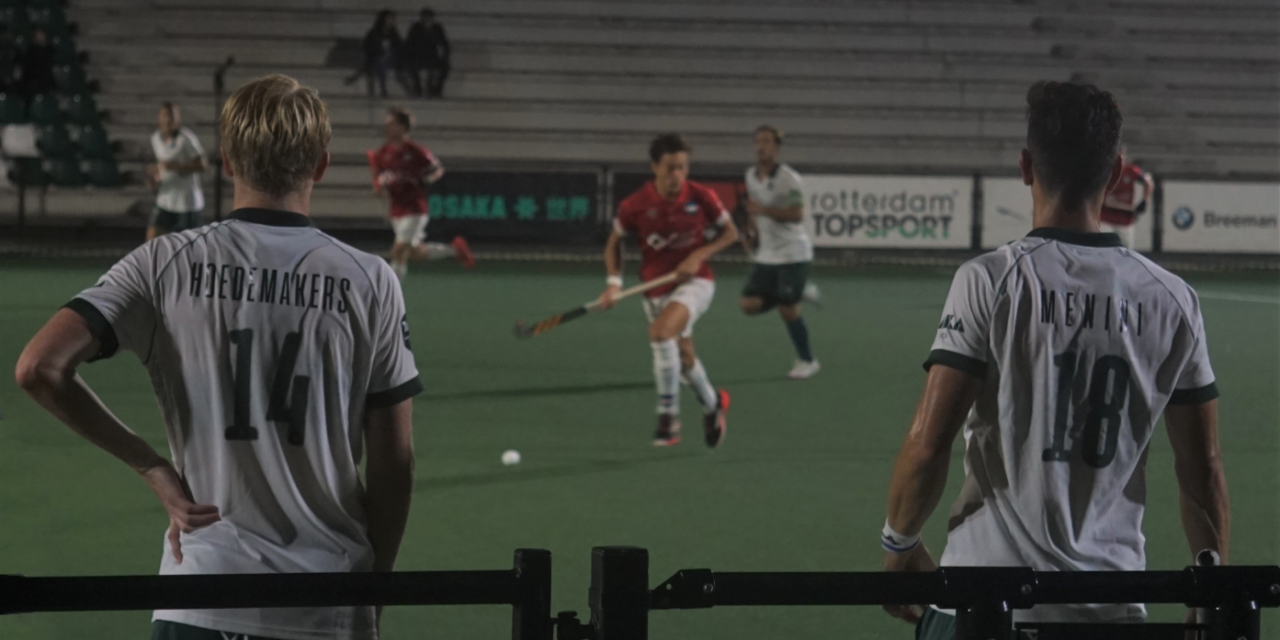

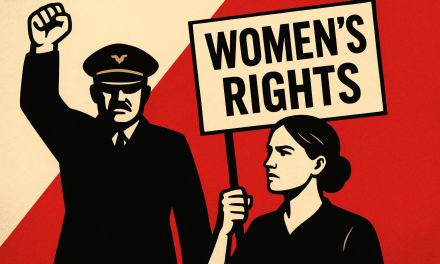
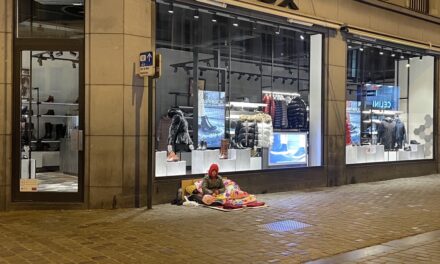
![Past the Point of No Return in Climate Change: Will We Die in 20 Years? [Audio]](https://svjmedia.nl/internationaljournalism/wp-content/uploads/sites/378/2022/11/DD1CFFE2-03EE-405A-9325-D733A322D543-440x264.jpeg)